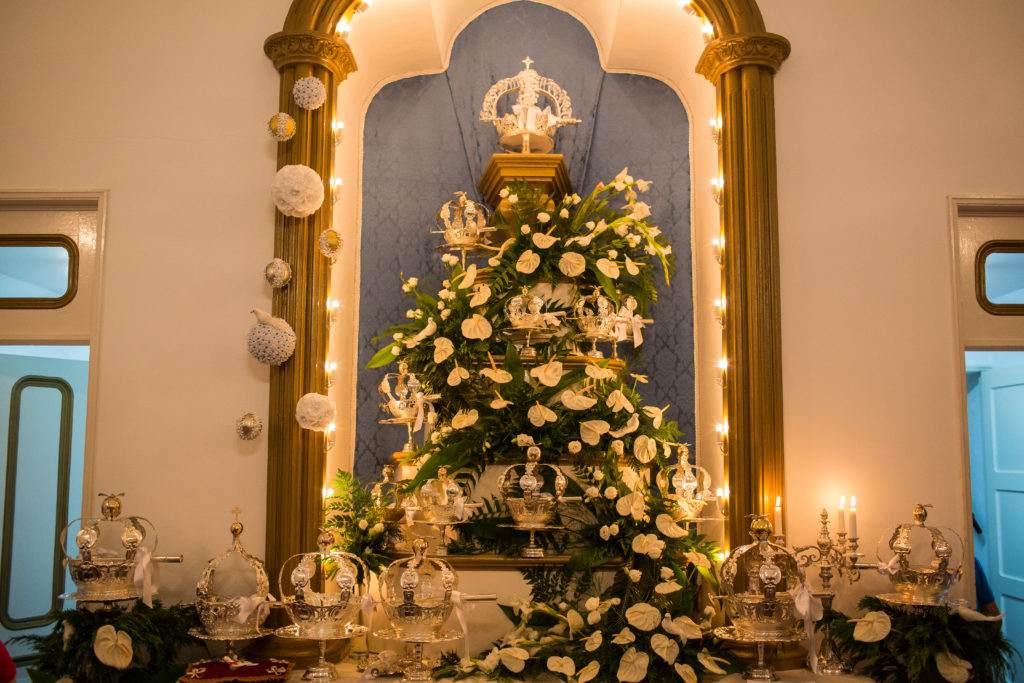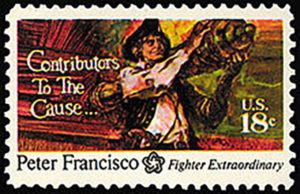Bodos do Espírito Santo on Terceira Island are the most traditional of the Azores

The Bodo island Terceira island and the Impérios on Pico island dictate the rhythm of Pentecost Sunday, which in the archipelago of the Azores is lived around the great feasts of the Divine Holy Spirit on all the islands
This is, moreover, an identity mark of the Azoreans, regardless of where they live.
On Terceira Island, the festivities have a “very original” strength and are lived mainly in the area of the Ramo Grande, where the economy continues to be predominantly agrarian, being well known, for example, the impérios of Vila Nova and Lajes by the number of people involved.
The capacity for inculturation in an agrarian culture explains, moreover, that it remains so alive in the Azores: the valorization of the land from which wheat and corn come from which bread, wine and meat are made, aspects in which materialize the gifts of the Holy Spirit.
The main peculiarity of this cult in the archipelago is to be popular and to develop in the form of an império, with a strong prophetic and political charge, without any pretense of imitation of roles or destitution of powers.
Around the Impérios, the festivities of the Holy Spirit, imbued with a charitable ideal and composed of religious and secular ceremonies, are being developed for several days: the “coronation” of the Emperor Boy, the procession of courtiers and the bodo of bread and of meat.
During each week of the festivities the insignia of the Divine are venerated in the house of the Emperor and the rosary is prayed at night before the crown and the flag. On Friday, the oxen are graced and the “calf procession” is performed. Afterwards, the animals needed for the bodo that the Emperor will offer the guests on Sunday, are sacrificed and the meat is cut for the soup, the stew and the alcatra of the dinner and for the pensions that are distributed by the poor of the parish. On the Sabbath, alms are distributed, composed of meat, bread and wine, blessed by the priest.
Sunday morning is the first procession, headed by the flag of the Holy Spirit. At the “coronation” ceremony, inside the church, the priest takes the scepter, give it to those who crown to kiss, and then does the same with the crown, placing it on his head; asperge the Emperor, incense it and chant the “Veni Creator Spirit”. After the coronation the Crown and the Flag go in procession until the Império, from where they leave at night to another house.

It is curious to note that on Terceira island the parish itself may be mordoma of the feast receiving in the Church the insignia of the Holy Spirit.
Between the Sunday of Pentecost and the Sunday of the Holy Trinity “the host” of the Holy Spirit receives in the Parish Church the Flag and the Crown.
It is also on Sunday that the bodo or função is performed for which all are invited, rich and poor, inhabitants or strangers. The menu of the função is composed of the soup of the Holy Spirit, rump, bread, stored in the impérios or in the pantries, by the massa sovada or the rosquilhas (Pico) and wine. The brothers chosen to perform the “bodo” are called Butlers “Butlers”.
The feasts of the Holy Spirit begin on the Sunday immediately after the Easter, having as a high point in the islands referred to the Sunday of Pentecost and that of the Trinity.
On the Terceira island, the impérios continue during the summer, until the Império de São Carlos, in September.
The cult of the Holy Spirit has been documented since 1492, date in which the Império was already made and the bodo was distributed to the door of a chapel belonging to the hospital of the Holy Spirit, on the day of Pentecost.
When the Santas Casas da Misericórdia “Holy Houses of Mercy” were instituted on the island, Angra, in 1495, and after that Praia, in 1498, they settled in the temples of Espírito Santo, becoming responsible for the organization of the bodos on the day of Pentecost, which did not affect the creation of brotherhoods in all the parishes of these two municipalities.

The festivals of the Holy Spirit in the Azores have a common traditional structure but present many variants between the various islands of the Archipelago and, within the same island, among the various Impérios.
The cycle of festivities is, however, common. In the two Sundays live the bodos and at the end of the bodo of the last Sunday they take “as sortes” to meet the brothers who will stay with the Sundays, seven, of the following year. Whoever takes the first “Sunday” will stay with the Holy Spirit all the year in the House, that is, the Flag and the Crown will stay in that brother’s house, instead of standout, for a year.
On Terceira Island, in these two weeks, hundreds of kilos of sugar are transformed into dolls for offerings in the Impérios of the Holy Spirit.
The alfenim delivered in the Impérios of the Holy Spirit is later sold out and the money reverts in favor of the feasts, in which, besides animation and religiousness, bread, meat and wine are distributed.
Alfenim (a word that comes from the Arabic “al-fenid” and means that which is white) is made only of sugar, water and vinegar, but if it passes from the point it becomes candy. Shaping it into true images requires a technique that is not within everyone’s reach. The preparation takes about 20 to 25 minutes to the fire and when it reaches the point is poured into a bowl greased with butter, which is inside another with cold water, to cool the dough.
It is a recipe typical of the Terceira and Graciosa islands, which is specially made at this time but is also sold throughout the year in some pastries on Terceira Island.
In the old days, the tricks were kept secret and even came up with myths, because the sale of alfenim was an important source of income for families, but today there are only half a dozen artisans in Terceira.
The most common image of alfenim is the white dove, which symbolizes the Holy Spirit, but promises are often associated with health problems, so in times of distress, parts of the body such as feet, legs, hands, arms, breasts, throats and heads of alfenim. The most frequent applications are the girls and the boys of the whole body, that adapt to different maleitas “malady” and to other type of promises.
Formerly, alfenim was made only by the feasts of the Holy Spirit or for offerings in weddings and baptisms, but today, already integrated in the list of certified regional products, is also much sought after by tourists.
source: igrejaacores.pt



